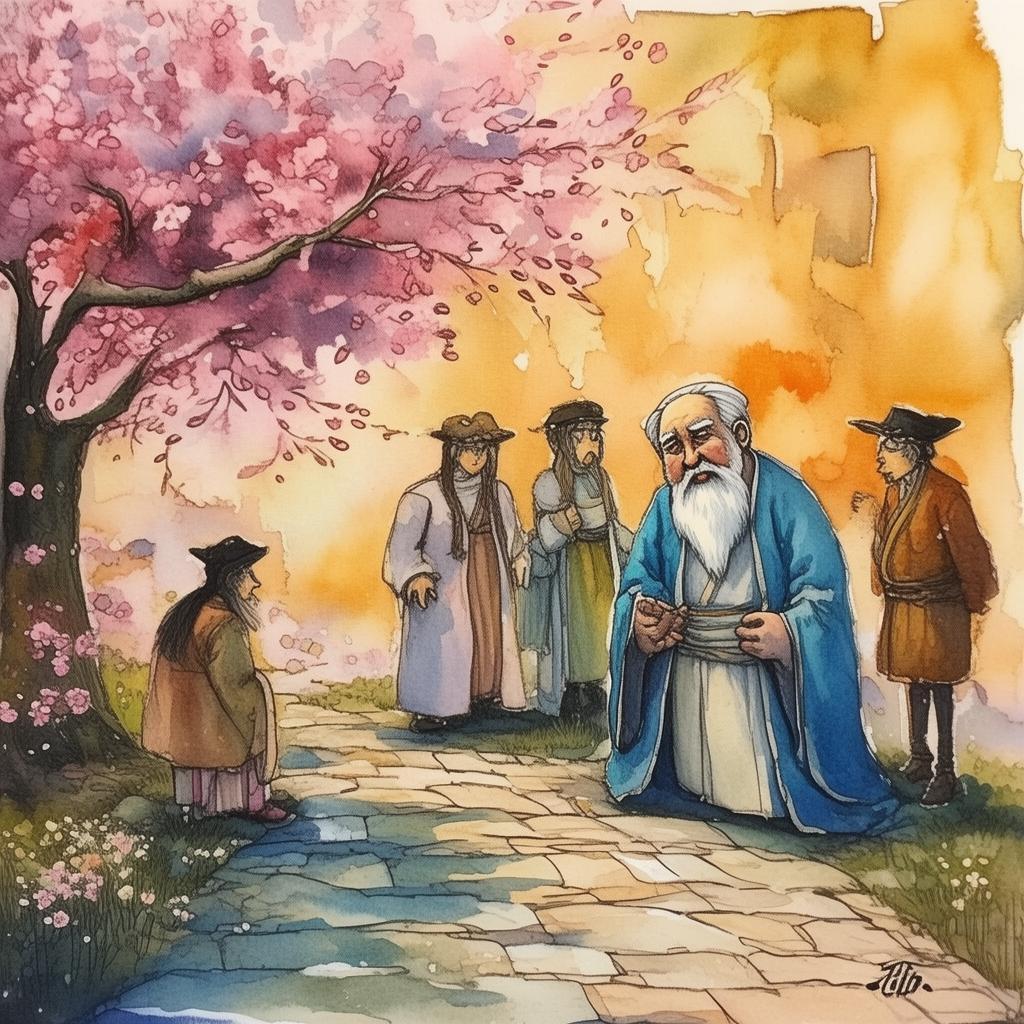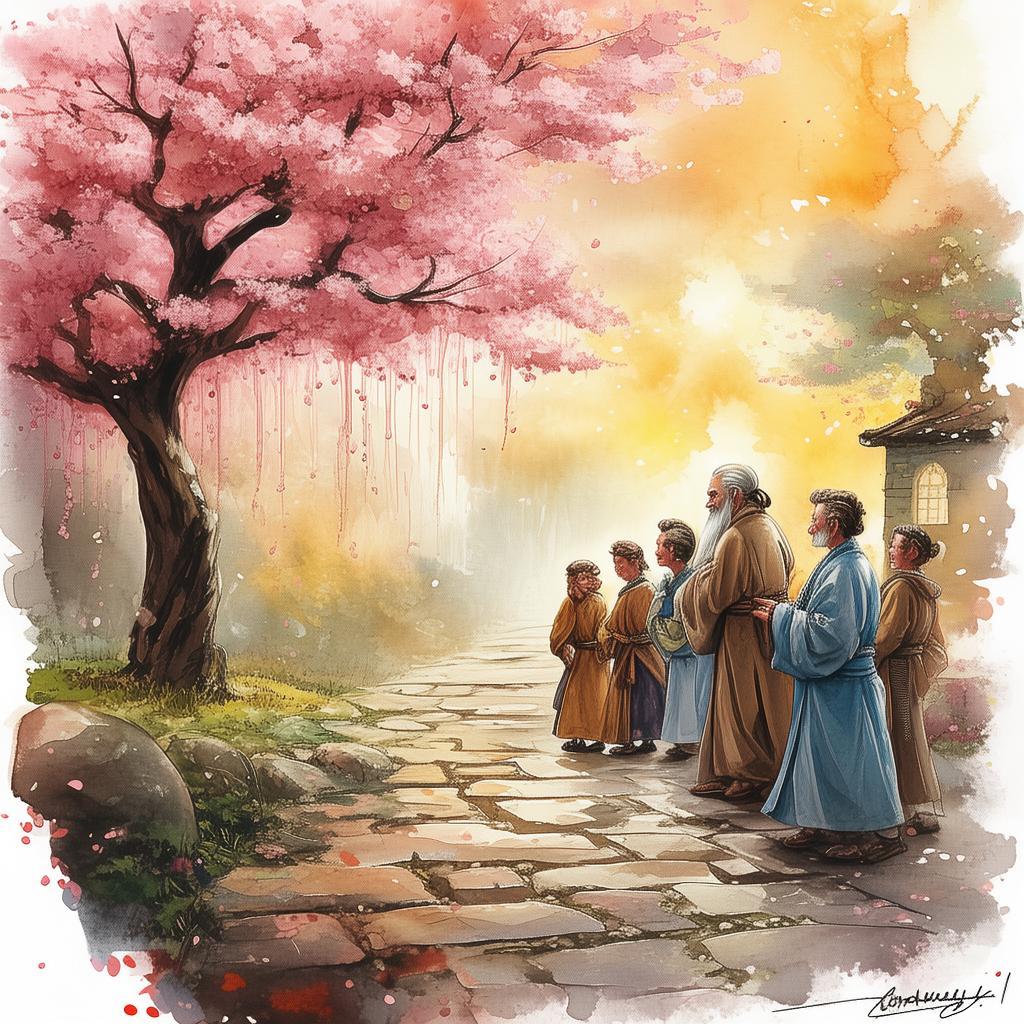The Price of Genius: A Tale of Art and Deceit
In the bustling heart of Paris, where the scent of fresh croissants mingled with the salty air of the Seine, lived an artist named Édouard. His talent was unparalleled, and his works were sought after by the rich and famous. Édouard was known for his intricate brushstrokes and his ability to capture the essence of the human spirit on canvas. His latest creation, "The Shadow of the Master," was a masterpiece that was said to tell a story of its own.
The painting depicted a man standing in a dimly lit room, surrounded by shadows that seemed to move with an eerie life of their own. It was said that the man in the painting was a genius, a master of his craft, whose brilliance was matched only by his cunning. The shadows were his creations, his alter egos, and they were as much a part of him as his own shadow.

The opening night of the exhibition was a resounding success. Critics hailed Édouard as a genius, and collectors lined up to purchase "The Shadow of the Master." But in the midst of the celebration, a tragedy unfolded. The painting was stolen, and with it, the artist's life changed forever.
Édouard was distraught. He had spent years perfecting "The Shadow of the Master," and the thought of it in the hands of someone who did not understand its true value was unbearable. He set out on a quest to recover his painting, determined to uncover the identity of the thief.
His search led him to the highest echelons of the art world, where he encountered betrayal, deceit, and a conspiracy that went deeper than he ever imagined. The thief was not a random criminal; he was someone close to Édouard, someone who had the knowledge and opportunity to steal the painting.
As Édouard delved deeper into the mystery, he discovered that the painting was more than just a piece of art; it was a key to a secret that could change the course of history. The genius in the painting had not only created a masterpiece but also a legacy that could be used for good or for evil.
The climax of the story came when Édouard confronted the thief, a man he had once called a friend. In a tense standoff, the truth was revealed. The thief had stolen the painting not for the money, but to use its power for his own gain. He was a collector of genius, and he believed that "The Shadow of the Master" was the most powerful piece in his collection.
The resolution of the story was not a simple one. Édouard had to decide whether to confront the thief with the full extent of his knowledge or to use the painting to his own advantage. In the end, he chose to protect the painting and the legacy of the genius it represented, understanding that the true power of art lay not in its value or ownership, but in the stories it could tell and the lives it could touch.
The Price of Genius left readers reflecting on the nature of art, the value of truth, and the power of friendship and betrayal. It was a story that captured the essence of the human spirit, and it was one that would resonate with readers long after the final brushstroke was painted on the canvas.
✨ Original Statement ✨
All articles published on this website (including but not limited to text, images, videos, and other content) are original or authorized for reposting and are protected by relevant laws. Without the explicit written permission of this website, no individual or organization may copy, modify, repost, or use the content for commercial purposes.
If you need to quote or cooperate, please contact this site for authorization. We reserve the right to pursue legal responsibility for any unauthorized use.
Hereby declared.









